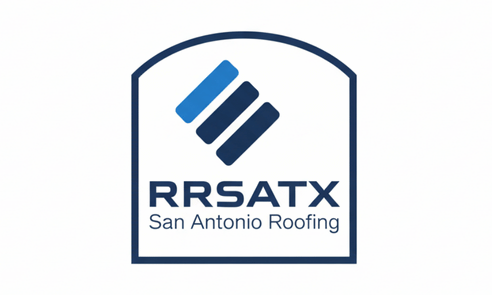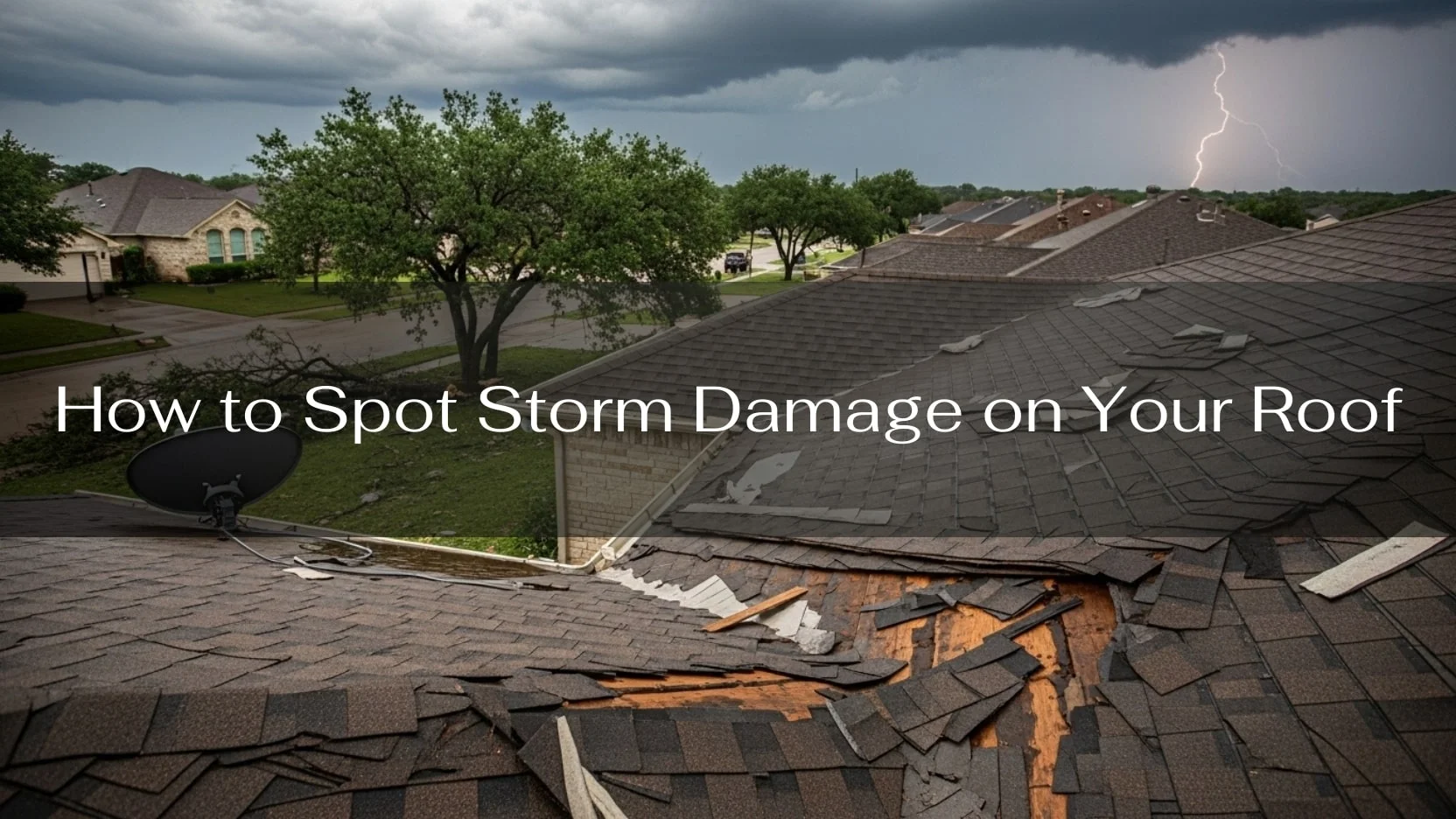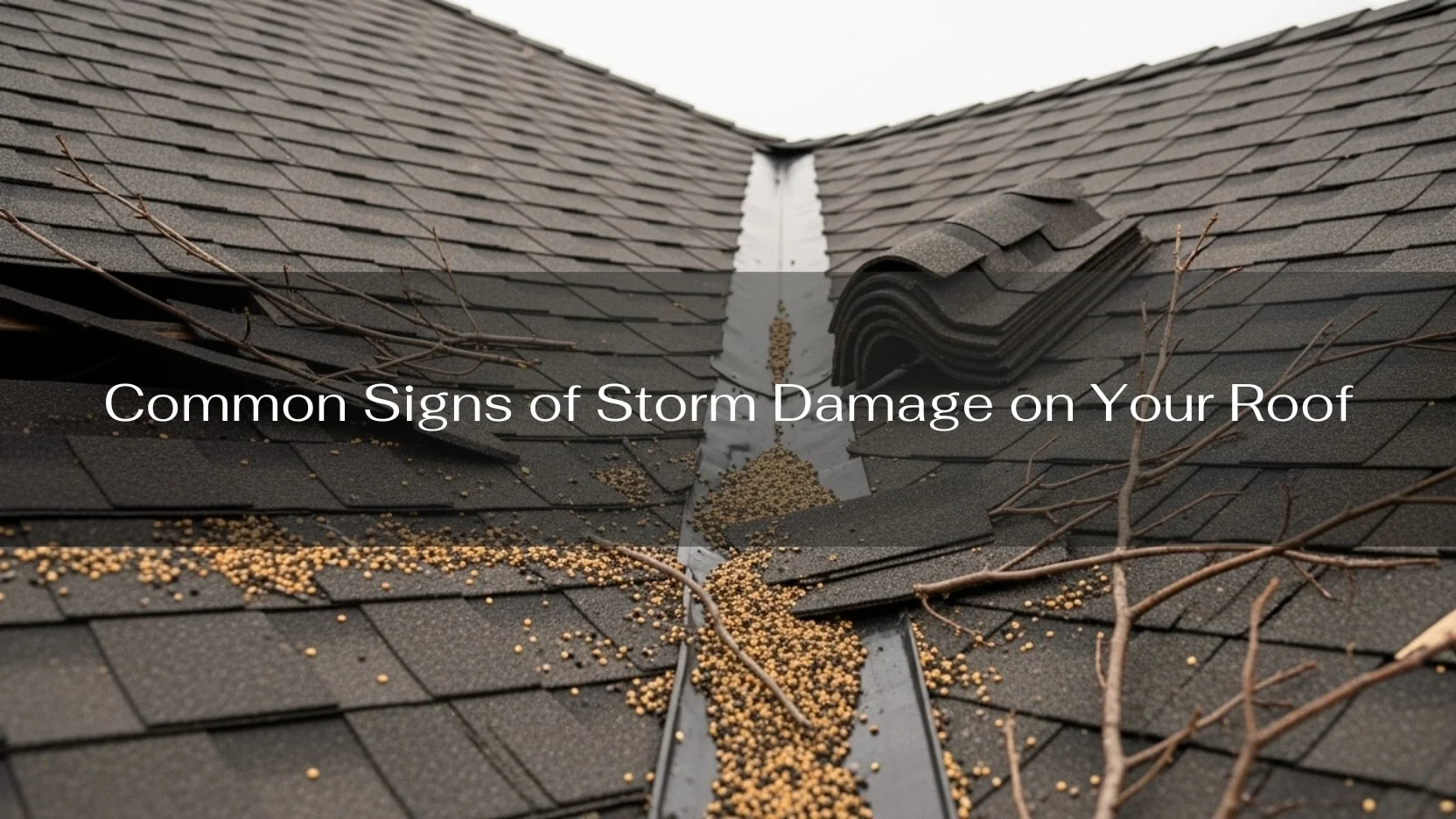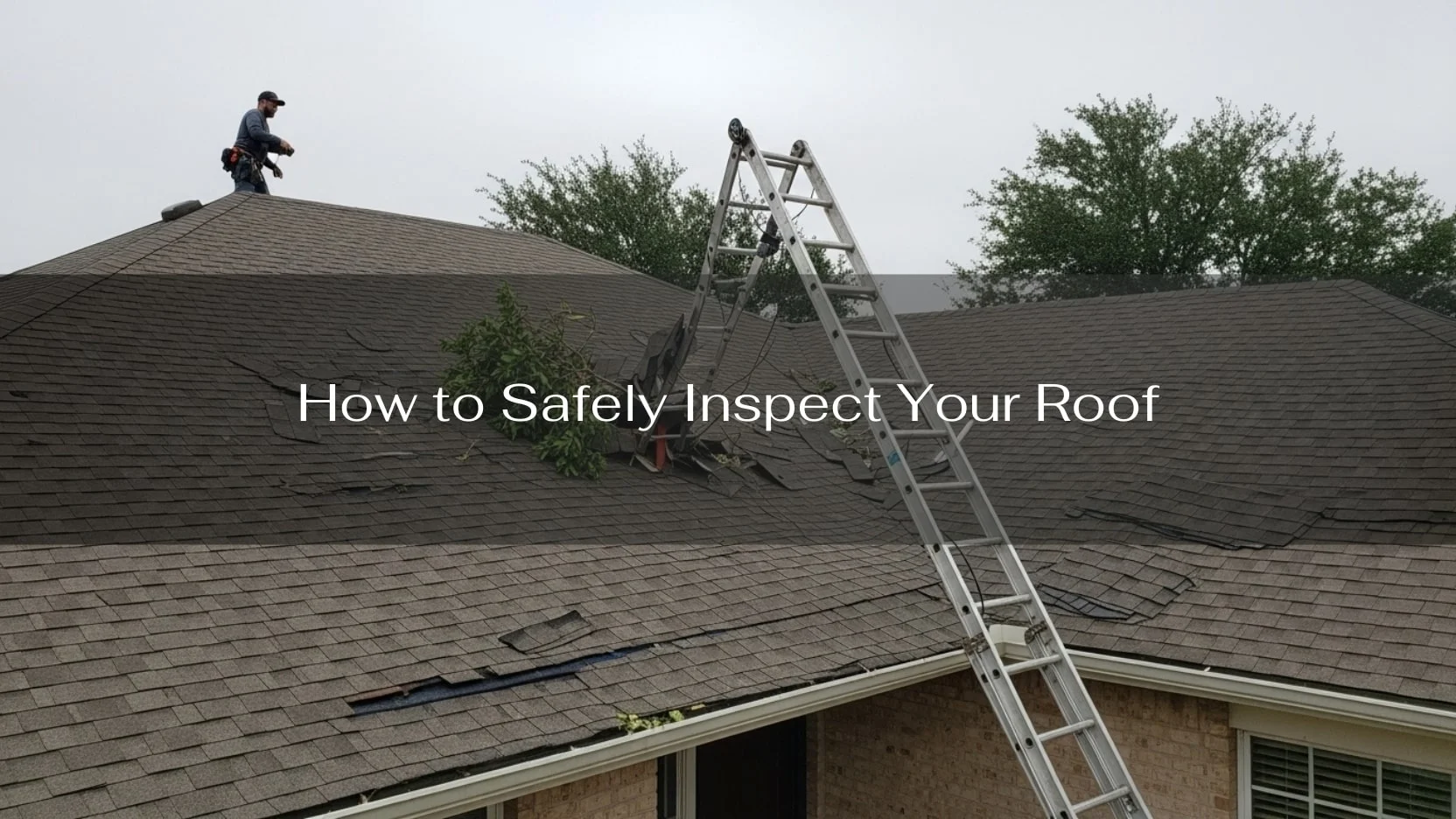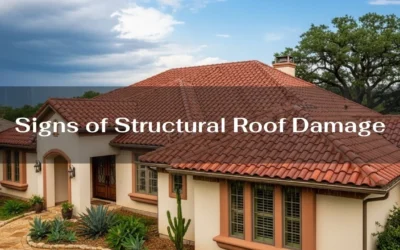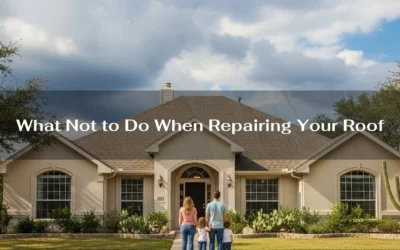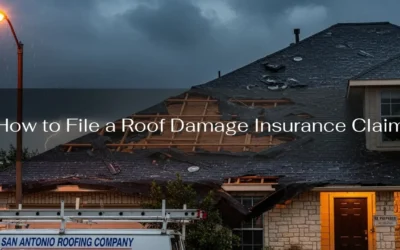Living in San Antonio, Texas, means enjoying beautiful weather most of the year. But when severe weather hits—whether it’s a hailstorm, strong winds, or heavy rain—it can take a toll on your roof. Knowing how to spot storm damage on your roof early can save you money, prevent leaks, and protect your home from further damage.
In this guide, we’ll walk you through the signs of roof storm damage specific to San Antonio’s climate and what you should do if you suspect your roof has been affected.
Why Is Roof Inspection Important After a Storm?
Severe weather in San Antonio can vary greatly—from intense hailstorms to high winds and heavy rain. These conditions can cause visible damage or hidden issues that lead to water leaks, mold, and structural problems. A timely roof inspection helps you identify roof damage before it worsens, reducing repair costs and protecting your home’s value.
Common Signs of Storm Damage on Your Roof
1. Missing or Damaged Shingles
One of the most obvious signs of roof damage is missing shingles. High winds can lift and tear shingles off your roof, exposing the roof deck underneath to wind-driven rain and moisture. Look for curled, cracked, or creased shingles as well—these are signs that your asphalt shingles have been compromised.
2. Granule Loss on Asphalt Shingles
Asphalt shingles are coated with granules that protect them from the sun’s UV rays and weather damage. After hail or heavy rain, you might notice loose granules in your gutters or on the ground around your home. Granule loss weakens the shingles and shortens their lifespan.
3. Dents or Damage to Roof Vents and Flashing
Inspect roof vents, flashing around chimneys, skylights, and other roof penetrations for dents or damage. Hail can cause small but significant dents that may lead to leaks if not repaired.
4. Water Leaks and Stains in the Attic or Ceilings
Even if your roof looks fine from the outside, water leaks can develop in the attic or inside your home. Check your attic for water stains, mold, or mildew, and inspect ceilings for discoloration or sagging.
5. Debris on the Roof or Around Your Property
Storms often leave behind debris such as branches or leaves. Large tree limbs can cause punctures or damage to your roofing materials. Removing debris promptly helps prevent further damage and water pooling.
6. Standing Water or Ice Dams
While ice dams are less common in San Antonio, standing water after heavy rain can occur if your roof has poor drainage or clogged gutters. Water that doesn’t drain properly can seep into the roof deck and cause rot or leaks.
How to Safely Inspect Your Roof
If you’re comfortable with heights, you can do a basic roof inspection yourself. Use binoculars from ground level to look for visible damage like missing shingles or dents. Always prioritize safety—if you’re unsure, hire a professional roofing contractor who knows how to inspect roofs safely and thoroughly.
When to Call a Professional Roofing Contractor
If you notice significant damage, or if your roof is aging and you see signs like missing shingles or granule loss, it’s time to call a trusted roofing company. A professional roofing contractor can perform a detailed roof inspection, identify underlying issues, and recommend roof repair or roof replacement if necessary.
Working with Your Insurance Provider
Storm damage to your roof is often covered by homeowners insurance, but it’s important to document visible damage with photos and notes. Contact your insurance provider as soon as possible after a storm to file a claim. Having a professional roofing contractor’s inspection report can support your claim and help you get the repair costs covered.
Tips for San Antonio Homeowners to Protect Their Roof
- Schedule regular roof inspections, especially after severe weather.
- Keep gutters clean to prevent standing water.
- Trim trees near your roof to reduce debris and potential damage.
- Choose roofing materials designed to withstand hail and high winds common in Texas.
- Address minor repairs promptly to avoid costly roof replacement.
Conclusion
Knowing how to spot storm damage on your roof is essential for homeowners in San Antonio, Texas. Early identification and prompt action can protect your home from water damage, mold, and costly repairs. If you’re unsure about the condition of your roof after a storm, don’t hesitate to reach out to a professional roofing contractor who understands the unique weather challenges of our area.
Stay safe and keep your roof in top shape to protect your home for years to come!
